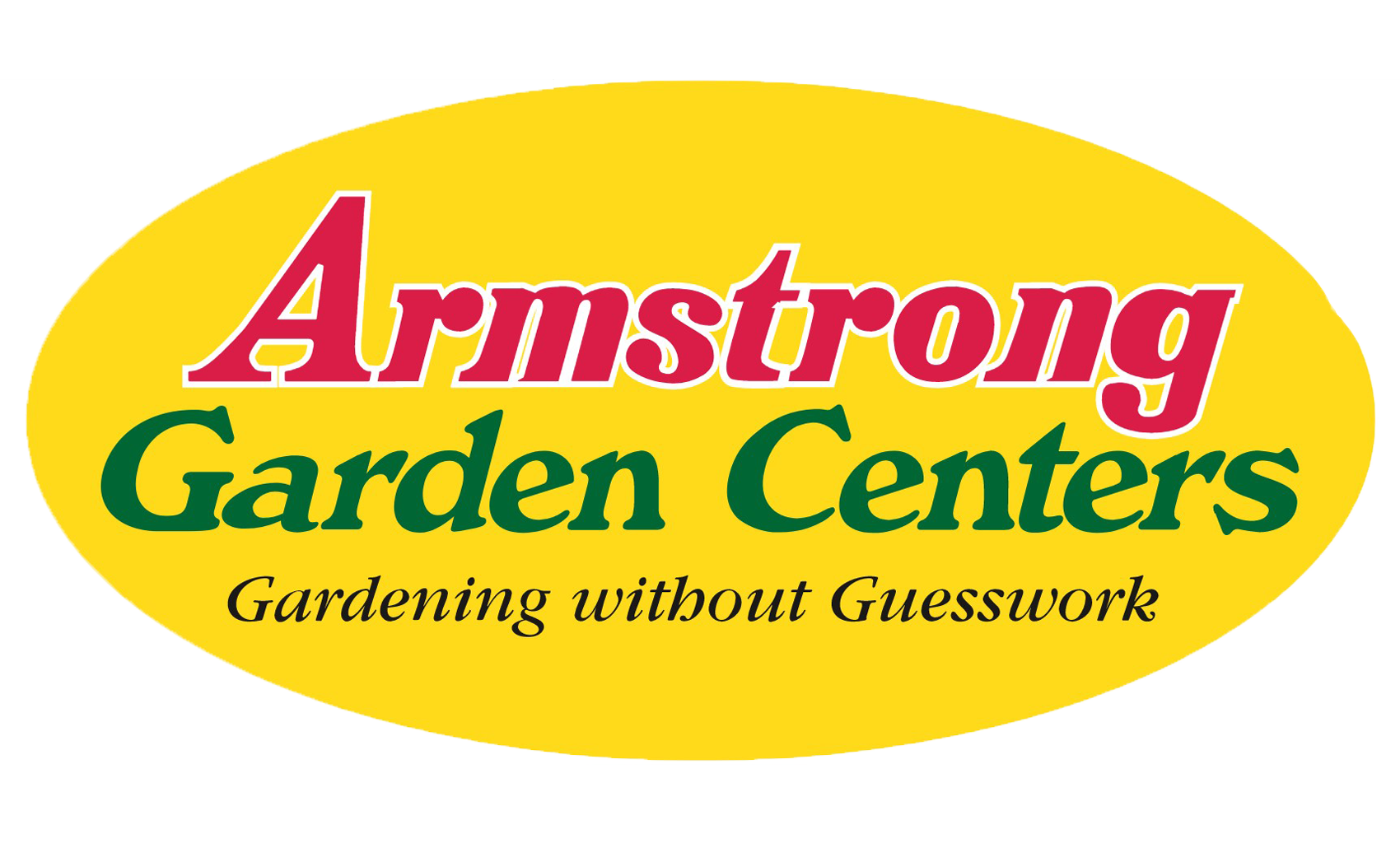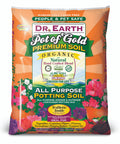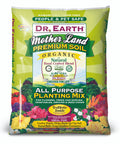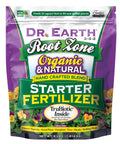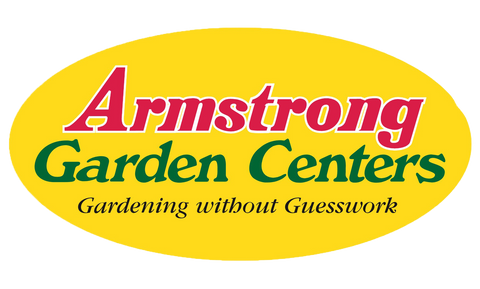Details
Edible Qualities
Green Carpet Natal Plum is a small shrub that is typically grown for its edible qualities, although it does have ornamental merits as well. It produces red oval berries which are typically harvested when mature. The berries have a tart taste.
The berries are most often used in the following ways:
- Cooking
- Preserves
Features
Green Carpet Natal Plum has attractive dark green foliage which emerges coppery-bronze in spring. The glossy round leaves are highly ornamental and remain dark green throughout the winter. It features dainty white star-shaped flowers along the branches from early spring to late fall. It produces red berries from late spring to late fall.
This is a dense multi-stemmed evergreen shrub with a spreading, ground-hugging habit of growth. Its average texture blends into the landscape, but can be balanced by one or two finer or coarser trees or shrubs for an effective composition. This is a relatively low maintenance plant, and is best pruned in late winter once the threat of extreme cold has passed. It is a good choice for attracting birds and butterflies to your yard, but is not particularly attractive to deer who tend to leave it alone in favor of tastier treats. Gardeners should be aware of the following characteristic(s) that may warrant special consideration:
- Spiny
Aside from its primary use as an edible, Green Carpet Natal Plum is sutiable for the following landscape applications:
- Mass Planting
- General Garden Use
- Groundcover
- Container Planting
Care
Planting & Growing
Green Carpet Natal Plum will grow to be about 18 inches tall at maturity, with a spread of 4 feet. It has a low canopy. It grows at a slow rate, and under ideal conditions can be expected to live for approximately 20 years.
This shrub is quite ornamental as well as edible, and is as much at home in a landscape or flower garden as it is in a designated edibles garden. It should only be grown in full sunlight. It prefers to grow in average to moist conditions, and shouldn't be allowed to dry out. It is not particular as to soil pH, but grows best in rich soils, and is able to handle environmental salt. It is somewhat tolerant of urban pollution. This is a selected variety of a species not originally from North America.
Green Carpet Natal Plum is a good choice for the edible garden, but it is also well-suited for use in outdoor pots and containers. Because of its spreading habit of growth, it is ideally suited for use as a 'spiller' in the 'spiller-thriller-filler' container combination; plant it near the edges where it can spill gracefully over the pot. Note that when grown in a container, it may not perform exactly as indicated on the tag - this is to be expected. Also note that when growing plants in outdoor containers and baskets, they may require more frequent waterings than they would in the yard or garden.
